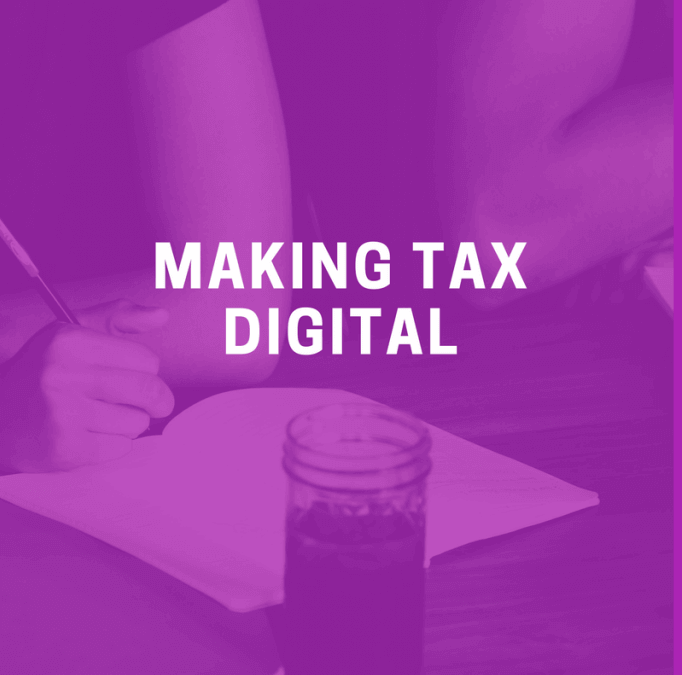By 2020 HMRC aims to make all handling of tax digital for individuals and businesses.
This means that information submitted to HMRC by taxpayers will be stored on the same system. This means you will no longer need to resubmit information multiple times when HMRC loses a physical copy.
HMRC are in the middle of this process of digitising tax. In fact, they have already implemented several changes to how they operate. These changes included adding more user friendly webchat and messaging services to help taxpayers with their digital tax and PAYE.
Digital Tax Accounts
Currently all of the approximately 5 million small businesses in the UK have access to their own digital tax account. Thanks to this, business owners can now see which pieces of information HMRC possesses online. Agents working on behalf of business owners, such as accountants, can also view these details and manage the digital tax accounts of their clients. Incidentally, last year around 86% of the UK’s population submitted their self-assessment online. By 2020 almost every business and self-employed individual will have to update their digital tax account quarterly.
PAYE
By the end of 2017 there will be systems in place that will prevent the overpayment and underpayment of PAYE. This is due to the use of automatic tax code adjustments, and with the help of real time data checking, as opposed to yearly reconciliations. This is good news for everyone as it results in less time wasted on making correct payments multiple times. Resubmitting payments can be a very frustrating task.
From the second quarter of 2018, taxpayers who receive child benefits will no longer have to report them to HMRC.
Overall, these changes to how tax is handled will make working with tax less complicated for agents and taxpayers. The aim of quarterly reporting is to reduce the yearly workload in January for HMRC and to speed up the collection of taxes. The enforcement of penalties for non-compliance is still to be decided, however.

